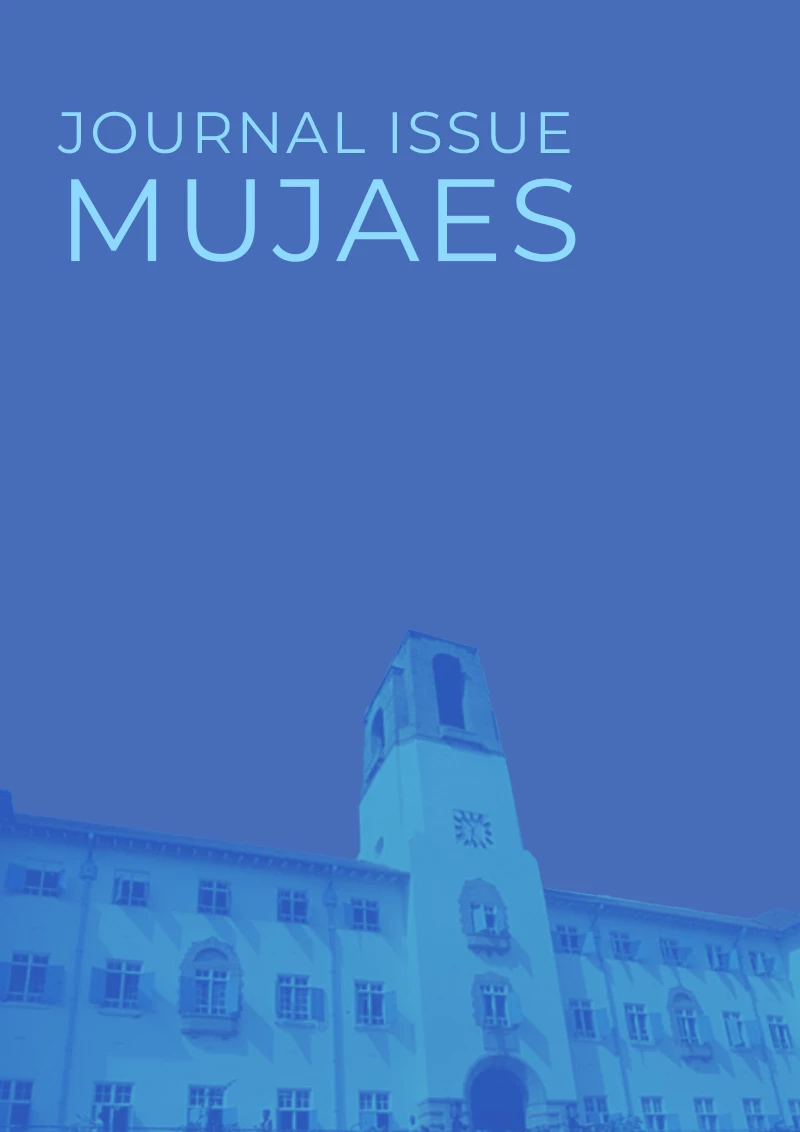Characterisation of meat goat management systems

Abstract
A survey of goat production farms was carried out using a structured questionnaire in 70 randomly selected households in Kiboga, Mpigi and Sembabule districts of central Uganda. The objective of the study was to determine the goat production systems and their characteristics. Indigenous goats of the Mubende and Small East African breeds and their crosses are reared. In Mpigi Mubende-boer crossbreds are also reared. Goats are kept for cash from direct sale and slaughter for festivities. Gifts, manure production and dowry were also mentioned among the purposes for which goats are reared. Herds are housed in roofed shelters, kitchens, and on verandas. Tethering was the predominant feeding system followed by open grazing and zero grazing. The average herd size was between 10 and 30 goats. Most farmers provided salt and water though with no clear routine, while a few farmers supplemented feeding with crop resides and tree fodder. The average age of does at first service was 11, 9 and 11.5 months in Kiboga, Mpigi and Sembabule respectively, while the mean kidding intervals for the respective districts were 9, 7 and 9 months.
Keywords
Grazing, Herds, Mubende-boer crossbreeds, tethering